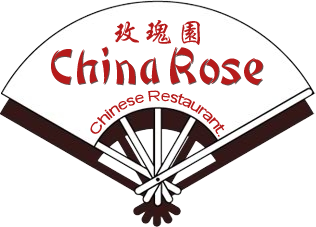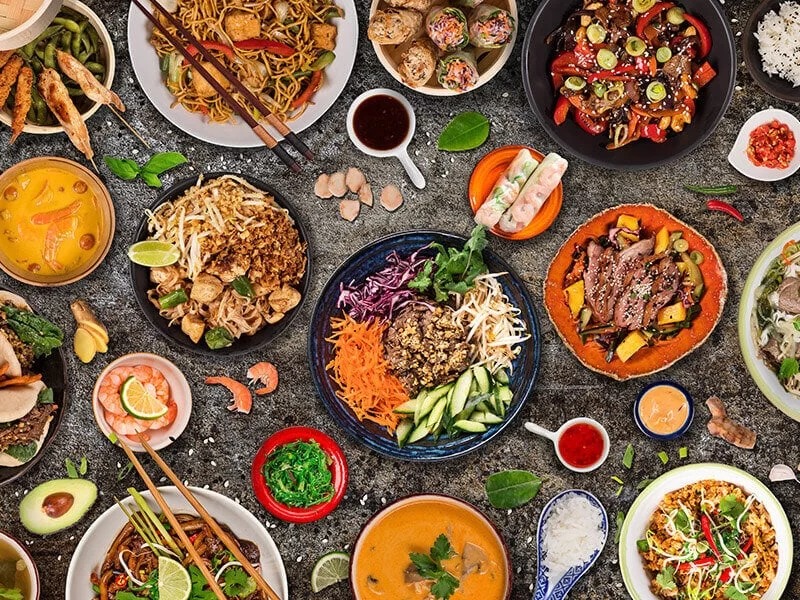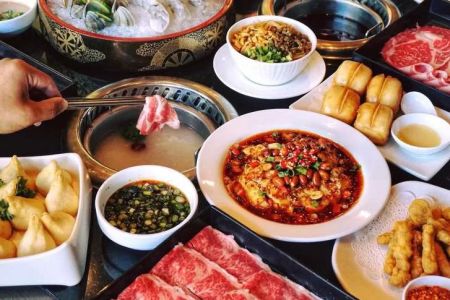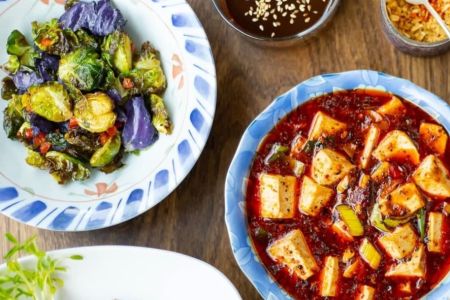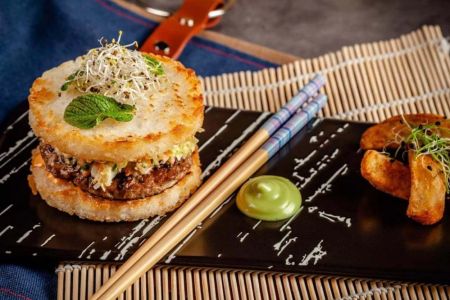The Essential Role of Yin and Yang in Chinese Cooking
When I first encountered Chinese cooking, the idea of balancing flavors and ingredients according to the ancient philosophy of Yin and Yang felt like an entirely new and fascinating world. As an American discovering this unique approach to food, I was intrigued by how these age-old principles not only influenced the flavor profiles of Chinese dishes but also played a crucial role in health and wellness. Let me take you through a journey to understand how Yin and Yang shape Chinese cooking.
What Exactly Is Yin and Yang?
The concept of Yin and Yang originates from ancient Chinese philosophy, where it describes how seemingly opposite forces are interconnected and interdependent in the natural world. In its most basic form, Yin is often seen as cool, passive, and feminine, while Yang is hot, active, and masculine. But these elements are never static; they are constantly in flux and balance with each other. The balance of Yin and Yang creates harmony, and this principle extends to every aspect of life, including food.
The Role of Yin and Yang in Chinese Cooking
In Chinese cuisine, Yin and Yang are deeply embedded in the balance of flavors, textures, and ingredients. Every ingredient, whether it’s vegetables, meats, or herbs, has specific qualities that can be classified as either Yin or Yang. For example, cool, refreshing foods like cucumbers, tofu, and watermelon are considered Yin, while warm and spicy ingredients like garlic, chili peppers, and beef are classified as Yang.
This balance is reflected in how meals are prepared. A dish can combine both Yin and Yang elements to create harmony. Think of a warm bowl of chicken soup, where the chicken represents Yang energy with its warmth, while the broth and vegetables like mushrooms and spinach provide the cooling Yin elements. This balance is not just for flavor but also for nutritional balance and health benefits.
How Does Yin and Yang Affect Health?
In traditional Chinese medicine, food is seen as a source of energy that can affect both the body and mind. By incorporating the principles of Yin and Yang into cooking, Chinese cuisine aims to promote health, vitality, and longevity. Each person’s body may have a natural imbalance of Yin or Yang, and adjusting the diet according to these principles helps bring the body back into balance.
For instance, if you feel overly fatigued or have a tendency to feel “cold” (in a physical sense), you might need more Yang foods like spicy peppers or ginger to warm up the body. Conversely, if you’re feeling overheated or stressed, you might want to include more Yin foods like cucumbers, watermelon, or mint, which are known for their cooling properties.
Examples of Yin and Yang in Traditional Chinese Dishes
Let’s explore a couple of examples of how Yin and Yang come together in classic Chinese dishes. A perfect example is the famous “Hot and Sour Soup.” As the name suggests, the soup is an exciting balance of Yin and Yang. The sourness, often coming from vinegar, cools and cleanses, while the heat from chili peppers provides Yang energy to invigorate the body. When made properly, this dish not only stimulates your palate but also embodies the balance of opposing forces that is key to Chinese cooking philosophy.
Another great example is the combination of duck and lotus root in Chinese stir-fry. Duck is considered a Yang food due to its rich, hearty, and fatty qualities, which provide warmth. The lotus root, however, is cooling and offers a refreshing crunch, balancing the dish. The combination of these two ingredients, cooked with spices and vegetables, creates a harmonious experience on both the taste buds and the body.
Balancing Flavors with Yin and Yang
In Chinese cooking, achieving the right balance of flavors is essential. Just like in Yin and Yang, where opposites must coexist, the flavors of sweet, sour, salty, bitter, and umami work together to create harmony in the dish. A chef might add a sweet ingredient like sugar or honey to a spicy or sour dish to balance the sharpness. A salty sauce could be tempered with a dash of vinegar or lemon to cut through the heaviness, mimicking the delicate dance of Yin and Yang in nature.
For example, in a typical Chinese stir-fry, you may encounter the perfect marriage of savory soy sauce with a splash of sweet hoisin sauce, or the earthy tones of mushrooms balanced by the heat of a spicy chili paste. This careful balancing not only excites the palate but also ensures that the dish is nourishing for the body in the long run.
Yin and Yang Beyond the Kitchen
The principles of Yin and Yang extend far beyond just food preparation. They also apply to the way ingredients are paired and how meals are presented. In Chinese culture, the visual appeal of a dish is just as important as its flavor. For example, the way a dish is plated—mixing dark and light colors, warm and cool elements—is intended to create a visual balance that mirrors the internal balance of Yin and Yang.
Moreover, the seasons and the climate play an important role in Chinese cooking. During the hot summer months, more Yin foods are consumed to cool the body, while in winter, Yang foods dominate to warm the body. This seasonal adjustment is a key component in aligning one’s diet with the natural world, ensuring that you’re eating foods that suit the time of year and your body’s needs.
A Personal Story: Discovering Yin and Yang in My Own Kitchen
I remember the first time I truly understood the concept of Yin and Yang in cooking. It was a chilly autumn evening, and I decided to make a hearty pot of chicken congee, a dish I had learned from a Chinese friend. As I simmered the chicken in the pot, I added a touch of ginger and a few shiitake mushrooms. The warmth of the chicken contrasted beautifully with the cooling properties of the mushrooms, and the congee was both comforting and nourishing. I realized then how instinctively Chinese chefs balance these elements to enhance the flavors while also supporting the body’s needs. That meal was a perfect embodiment of Yin and Yang—and it tasted incredible!
Conclusion: Why It Matters in Modern Cooking
In today’s world of fast food and instant gratification, we can sometimes lose touch with the deeper philosophies that guide traditional cooking. The concept of Yin and Yang reminds us to slow down, be mindful of what we eat, and pay attention to how our food affects our bodies. Whether you’re cooking at home or dining out at your favorite Chinese restaurant, the principles of Yin and Yang provide a meaningful way to connect with the food you eat and the energy it provides.
So, the next time you enjoy a Chinese meal, take a moment to appreciate the balance of flavors and ingredients. Notice the coolness of the vegetables, the warmth of the spices, and the perfect harmony that makes each dish so satisfying. It’s a timeless philosophy that enhances not only the taste but also the health benefits of what we eat. And if you’re looking for the best Chinese food near you, come visit us at [Chinese Food] for a dining experience that celebrates the perfect balance of Yin and Yang.
